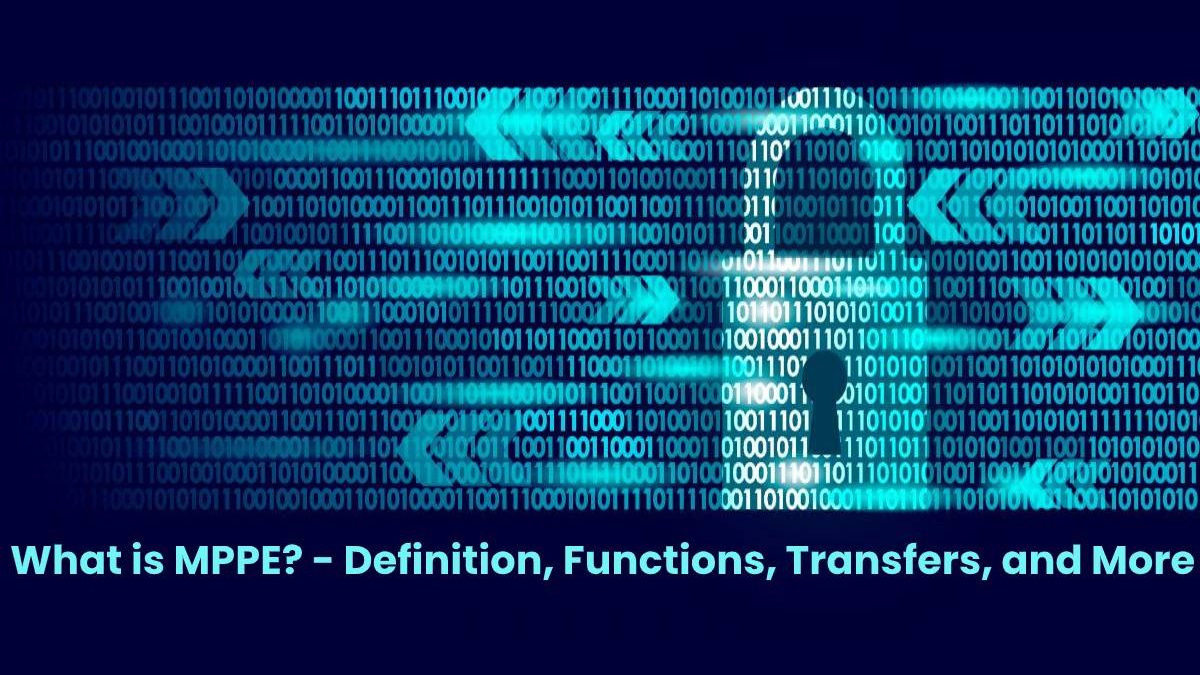What is MPPE?
Microsoft Point-To-Point Encryption (MPPE) is a network protocol for encrypting data that transmits according to the Point-to-Point Protocol.
It was developed by Microsoft and Cisco and published in March 2001 as RFC 3078.
PPE alone does not compress or expand data, but the protocol often used in conjunction with MPPE, which compresses data across PPP or VPN links.
The negotiation of MPPE happens with CCP, a subprotocol of PPP. It can lead to an incorrect belief that it is a compression protocol.
What are the Functions of MPPE?
MPPE uses the RC4 algorithm from RSA Security for encryption. The length of the session keys can determine during the connection negotiation.
Negotiations and administration handled via the Compression Control Protocol.
And also, it negotiates within option 18 in the CCP.
CCP uses a length of 6 bits:
- C = used by MPPC (compression)
- D = outdated, but some older clients still support this
- L = 40 bit session key
- S = 128 bit session key
- M = 56 bit session key
- H = stateless modes used. The key’s changed after each transmitted packet.
Before it can send a packet, PPP must have reached the “Network Layer Protocol” phase, and CCP must have reached the so-called “Open State.”
What are the transfers of [MPPE]?
- PPP Protocol is a PPP protocol number of the transmitted protocol. 00FD compressed datagram used for MPPE.
- A is The encryption table initializes before the packet generated. The recipient must, therefore, also reinitialize the table before the package decrypts.
- B is no meaning for MPPE
- C is no purpose for MPPE
- D tells you whether the packet is encrypted or unencrypted.
- Coherency Count, It ensures that the packets transmitted in the correct order and that no packets lost on the way.
- Encrypted data is the packet that begins with the protocol field.
- First, the protocol field decrypts and then the header of the protocol sent (e.g., the IP header). The contents of the package decrypt.

